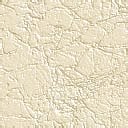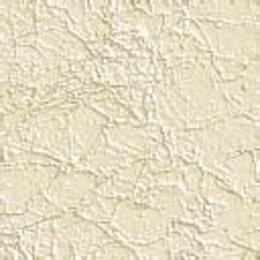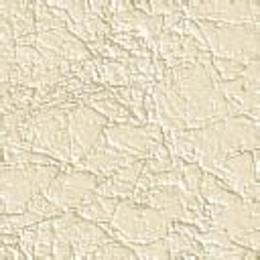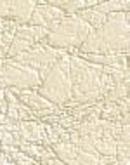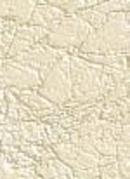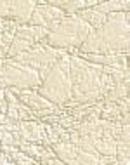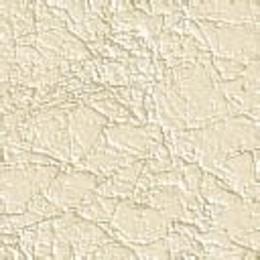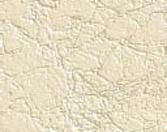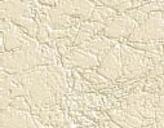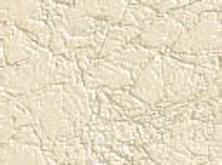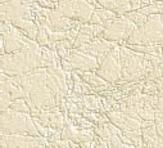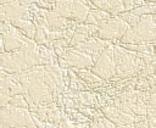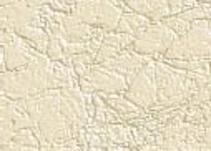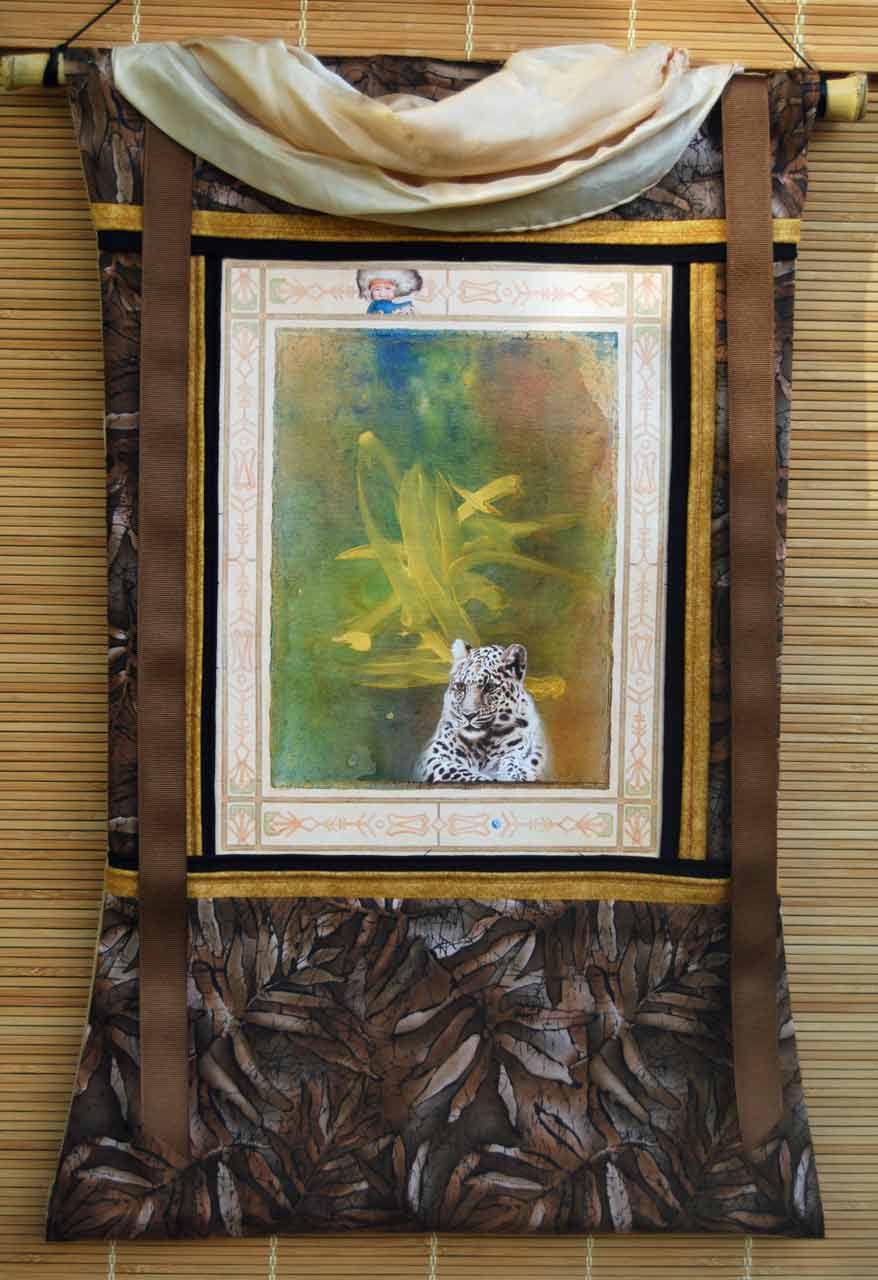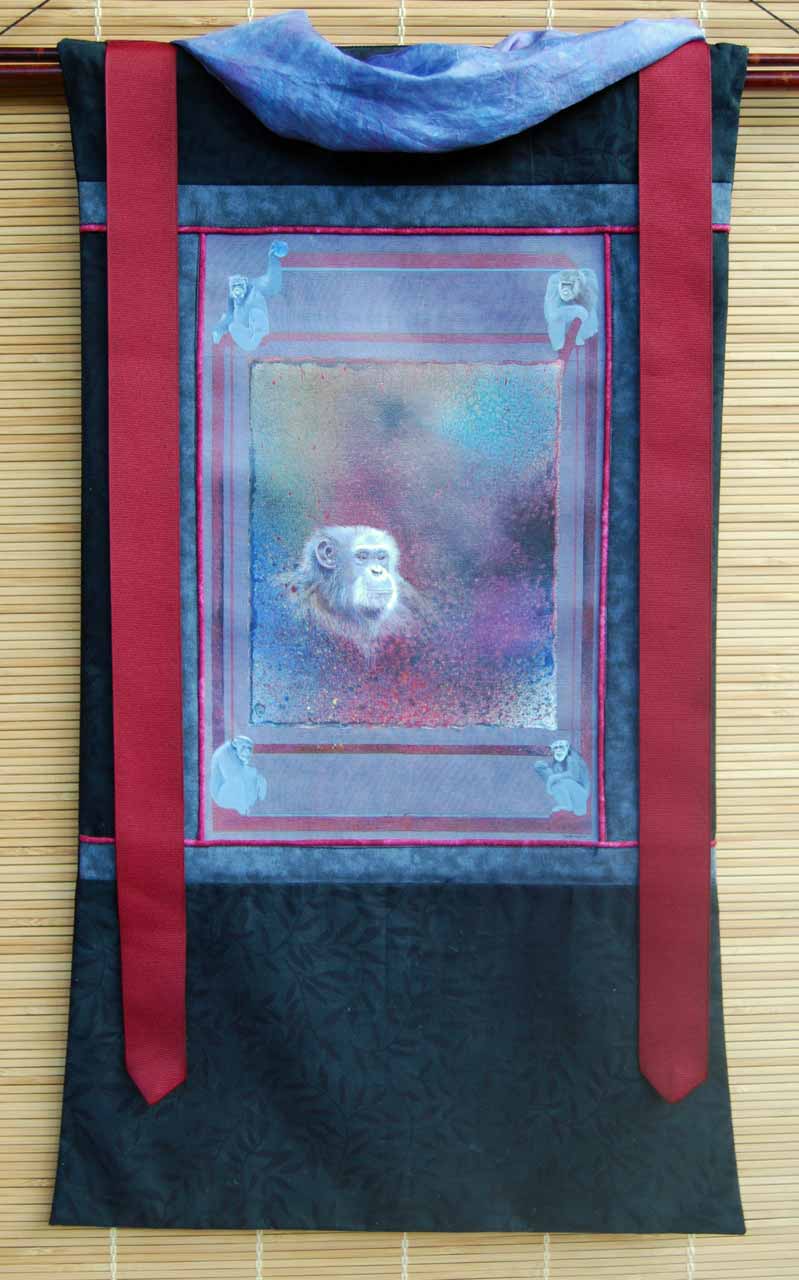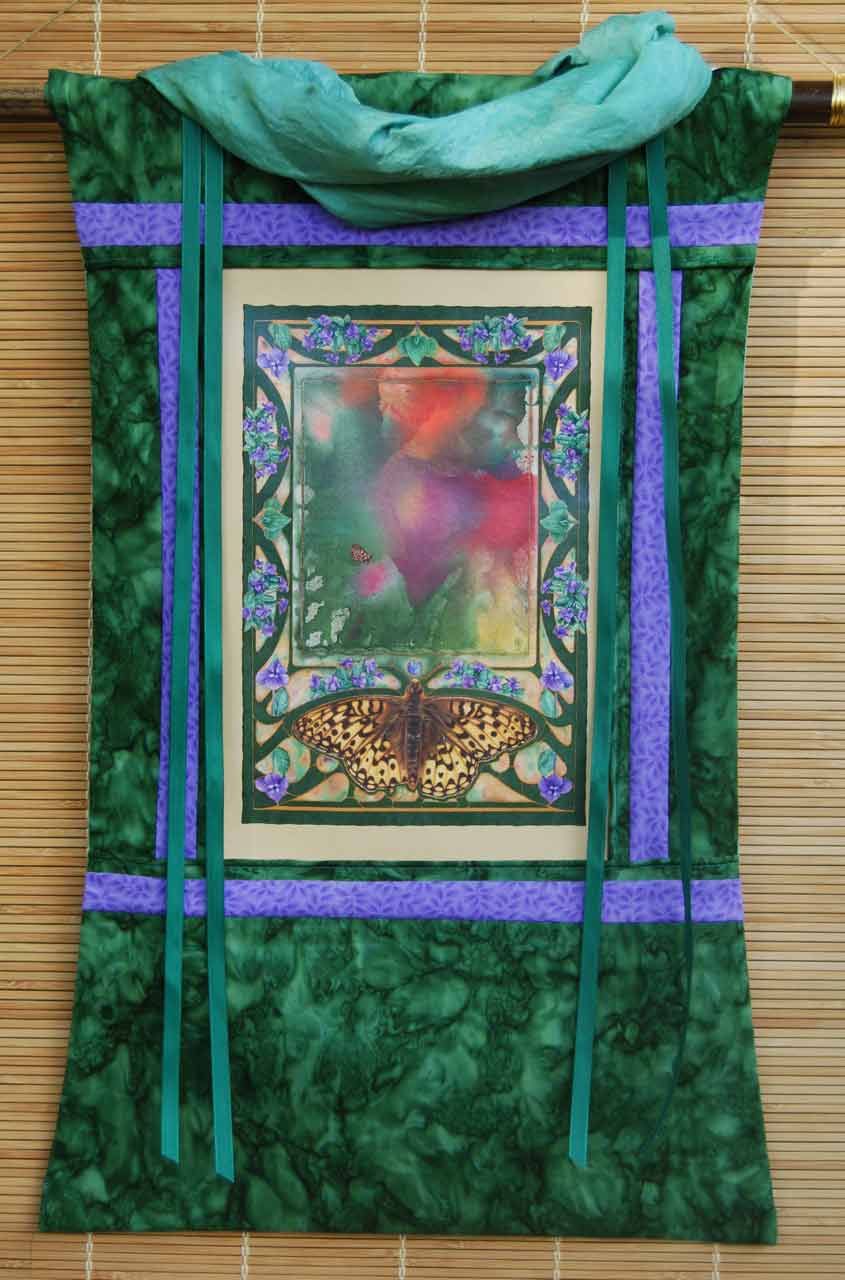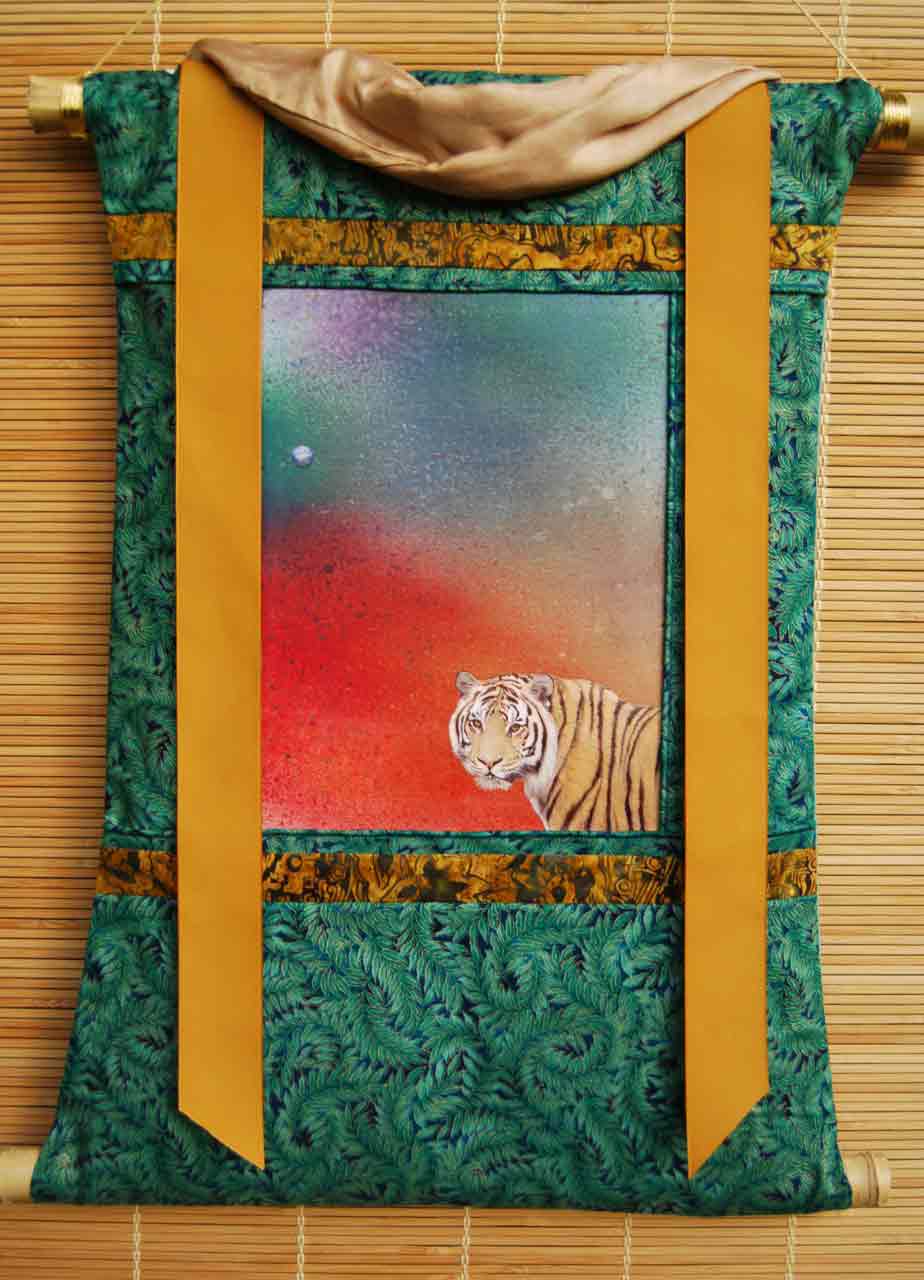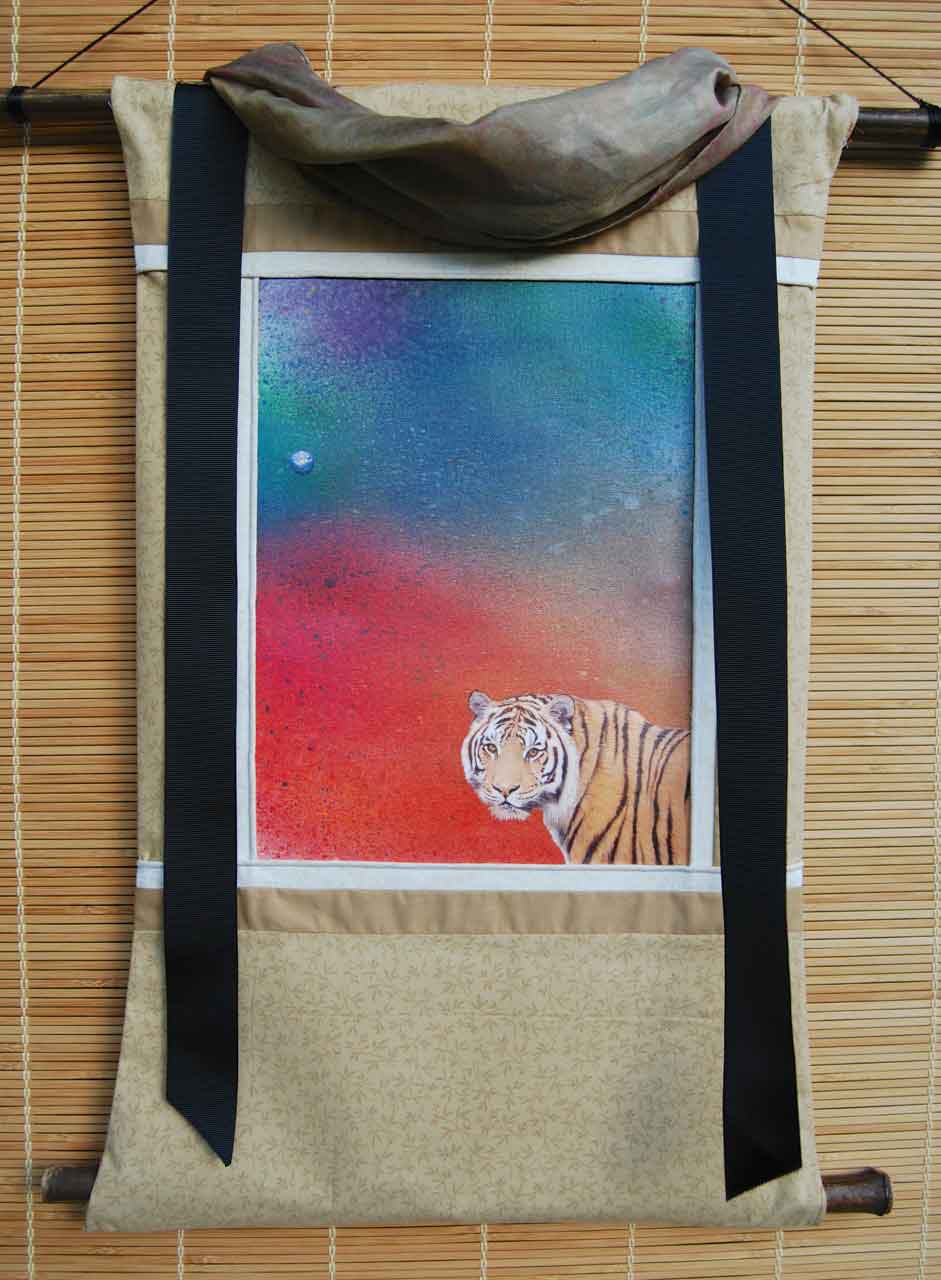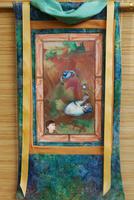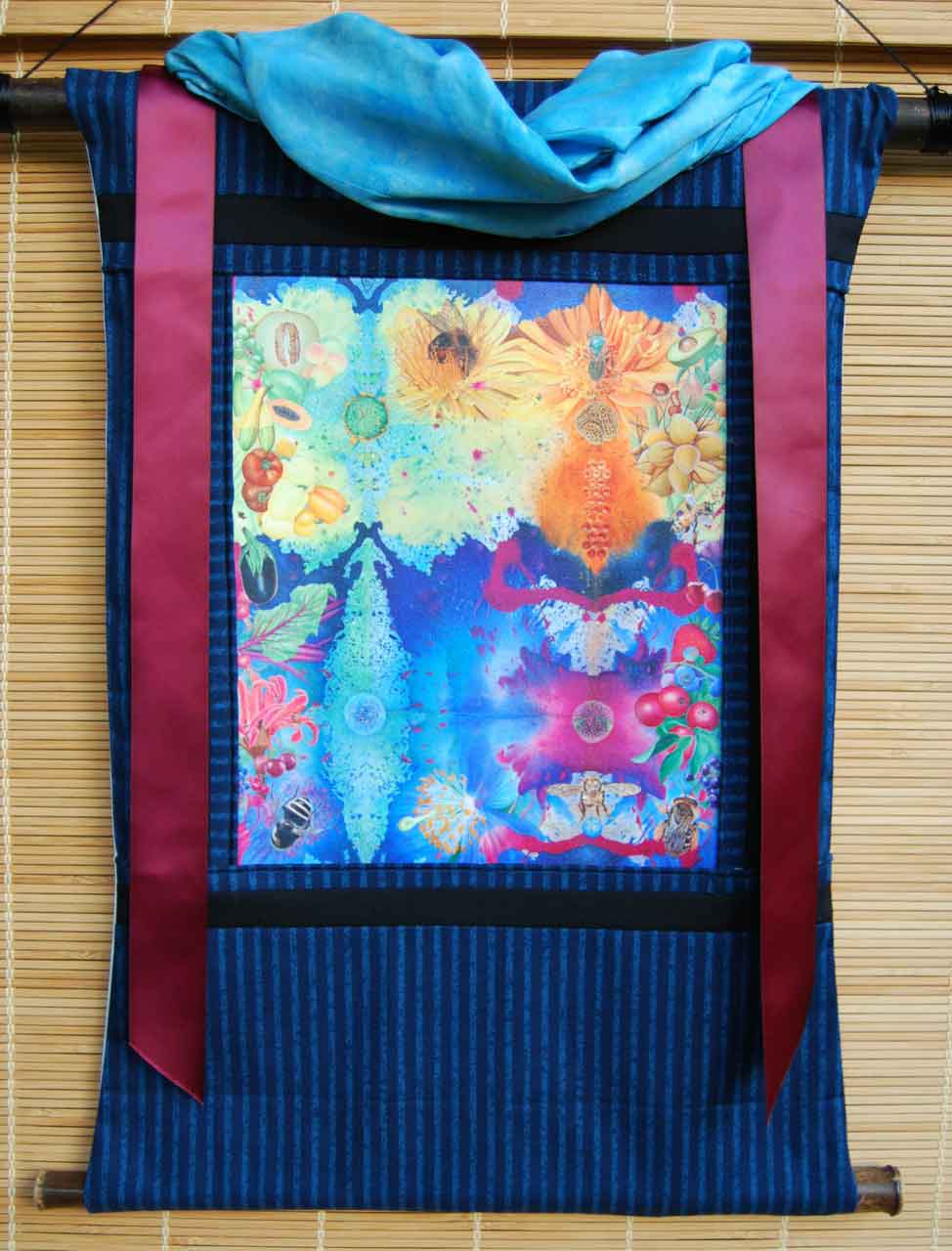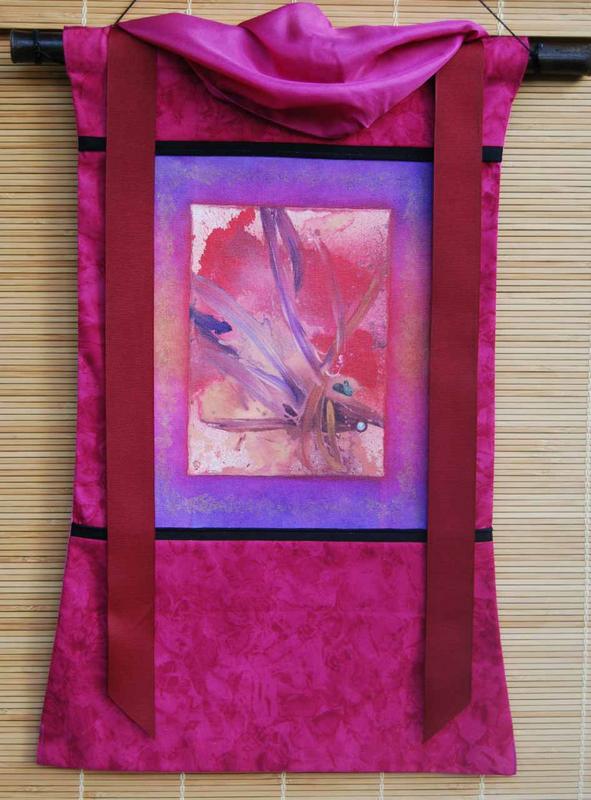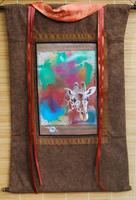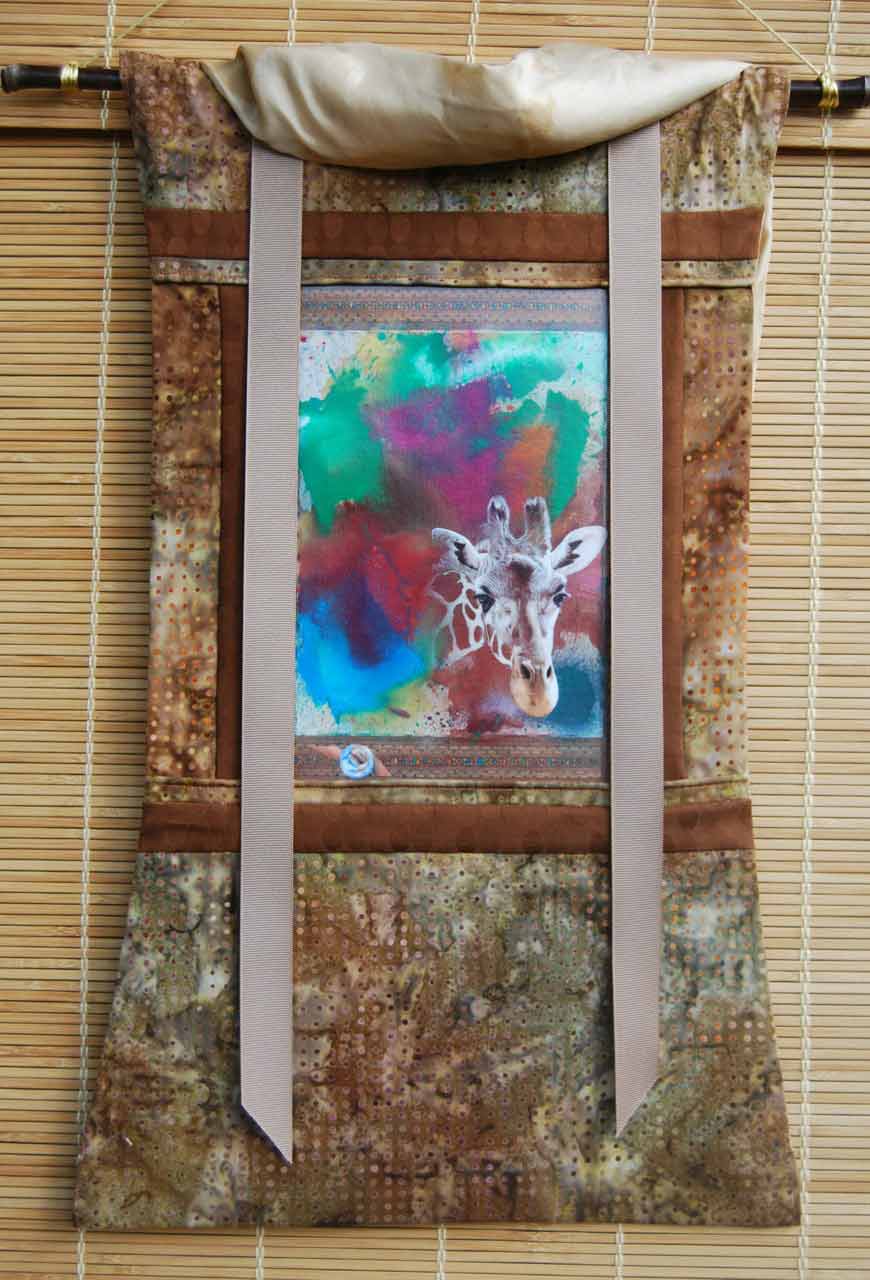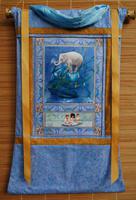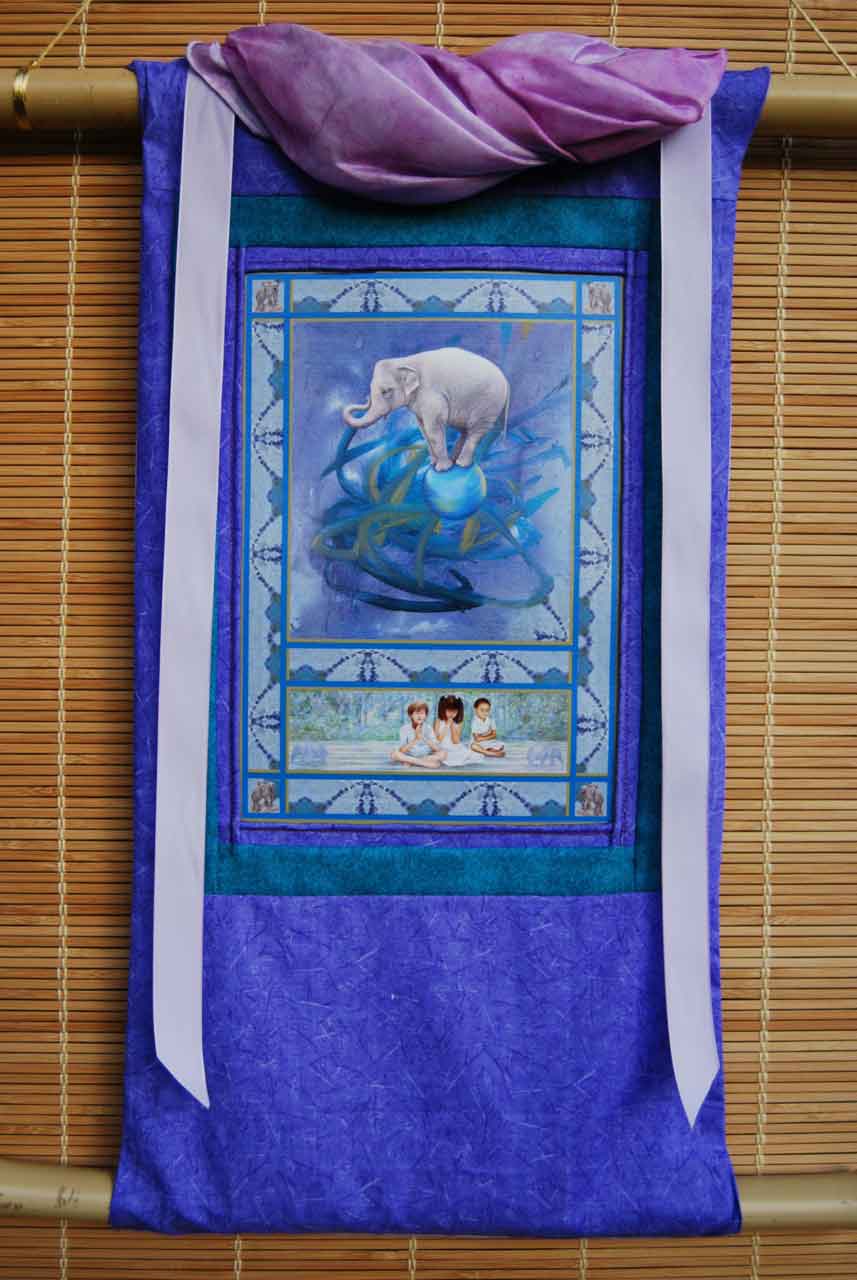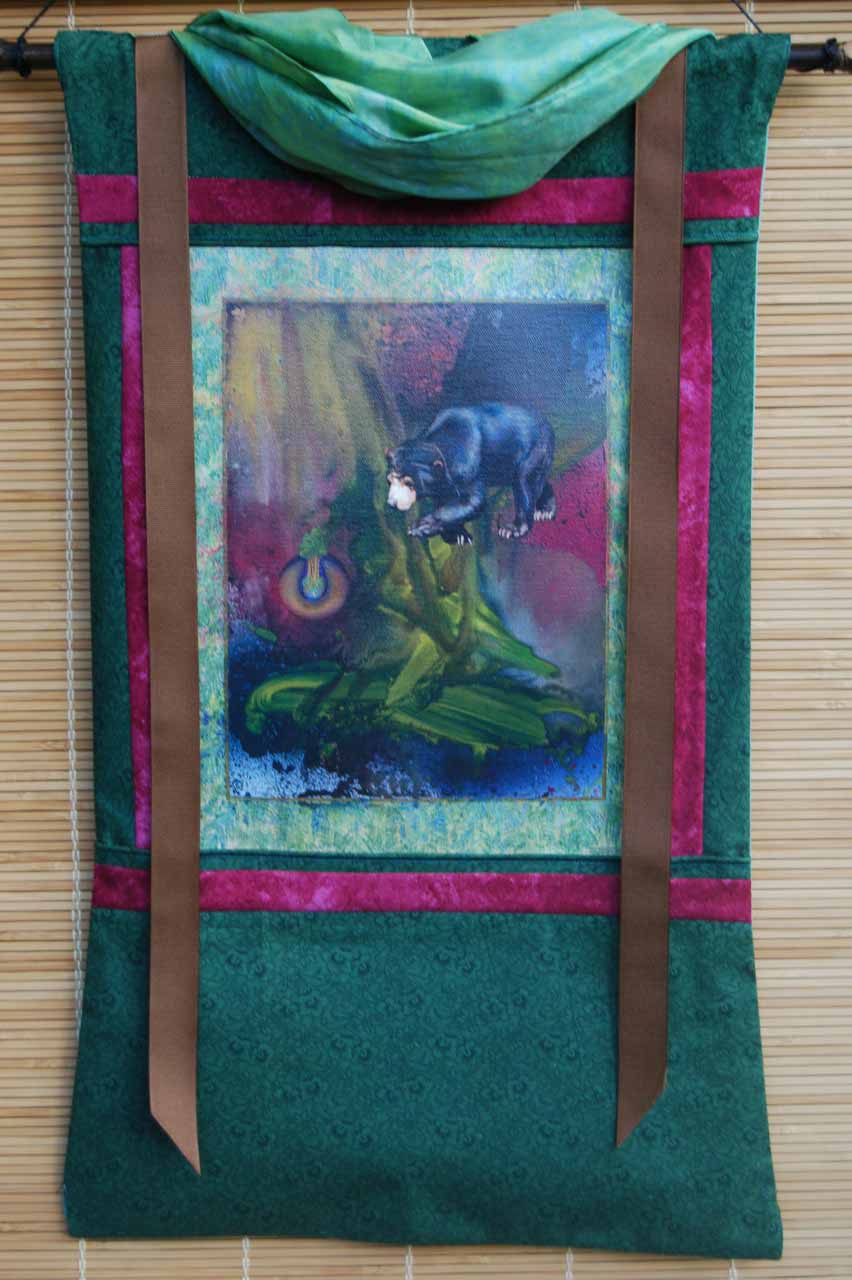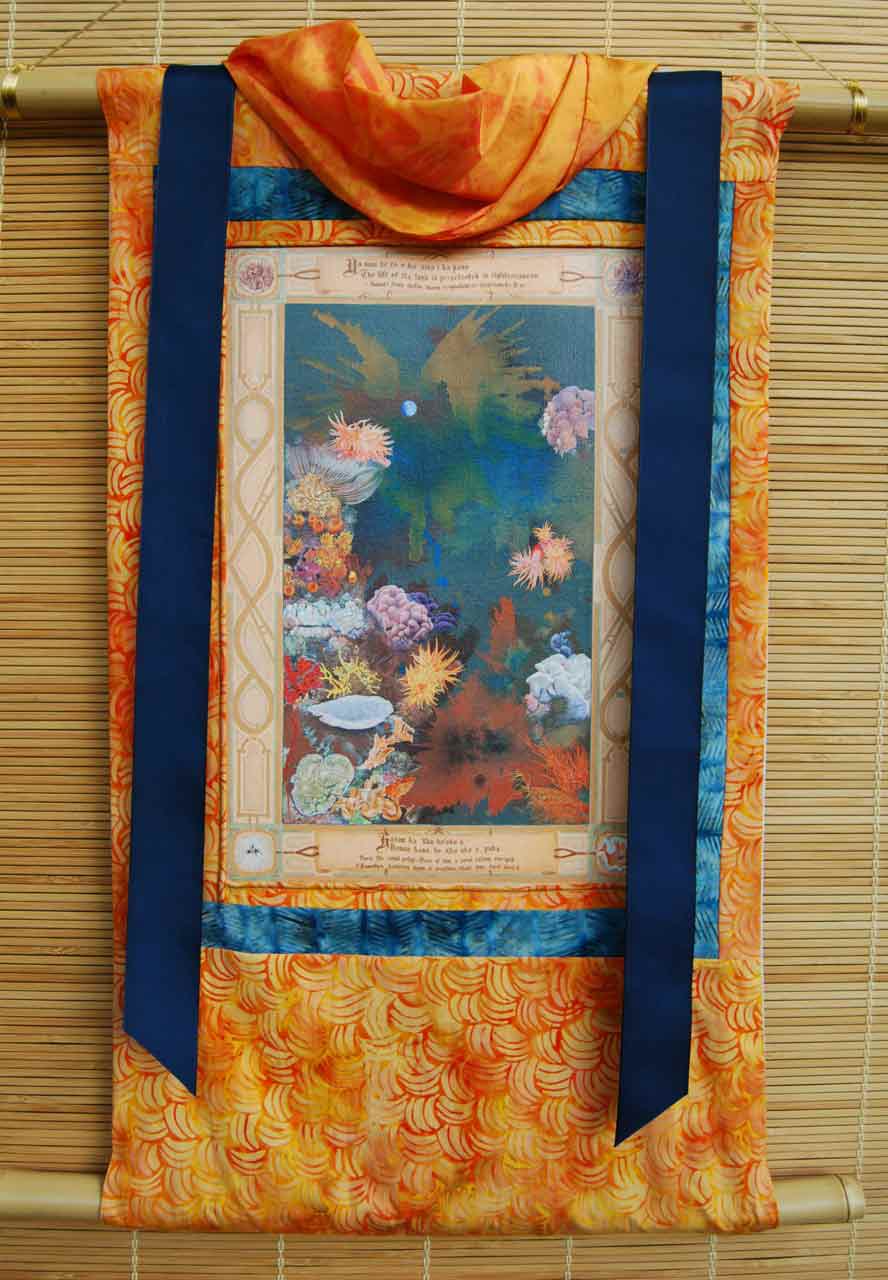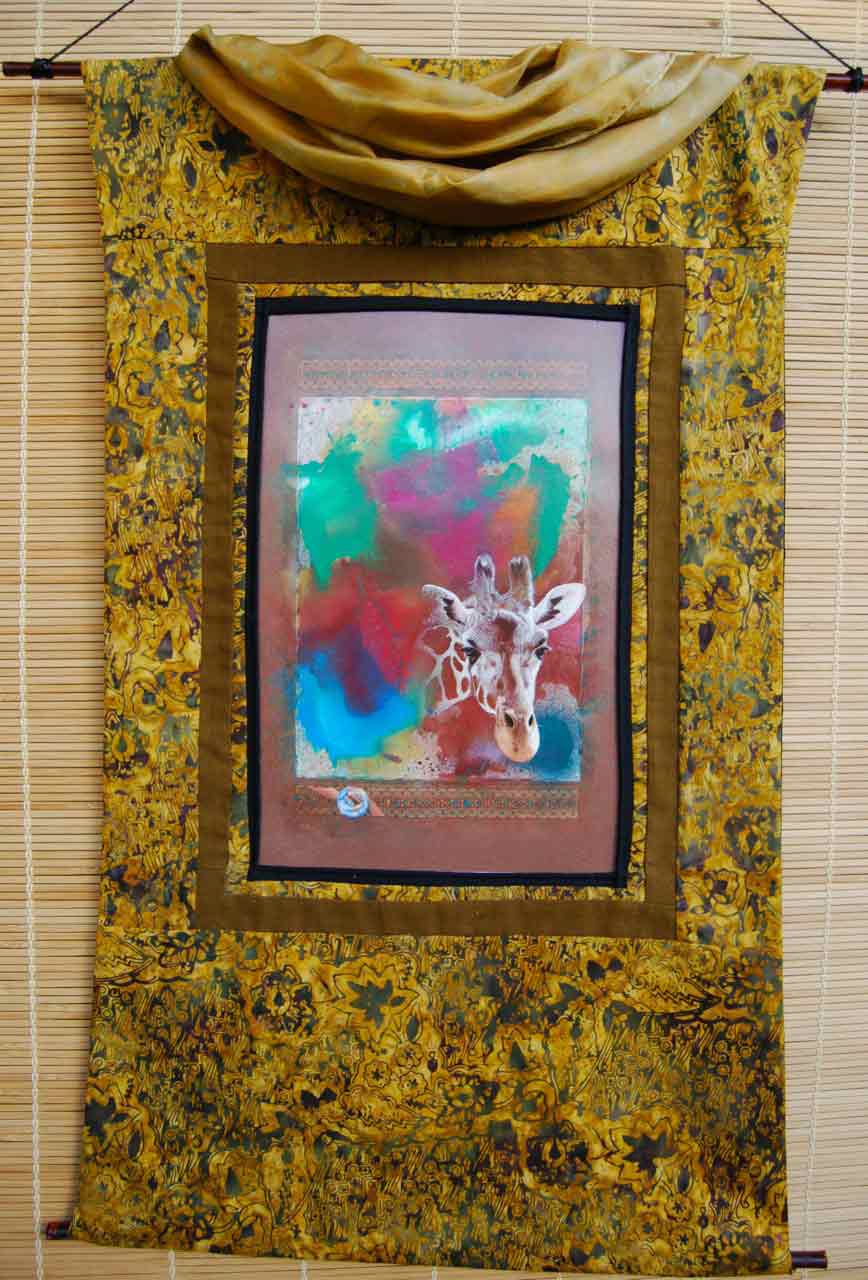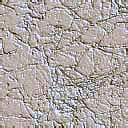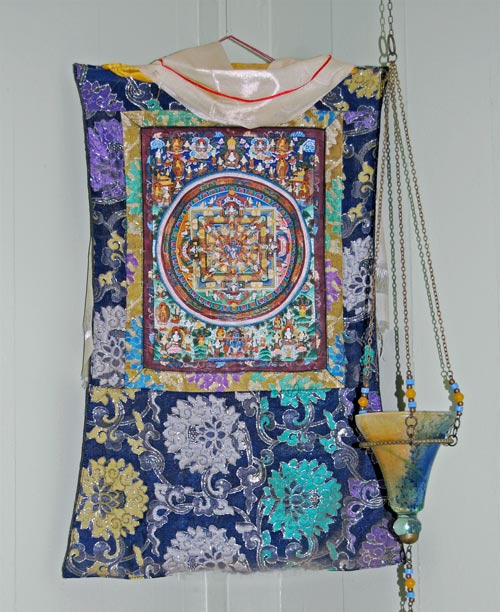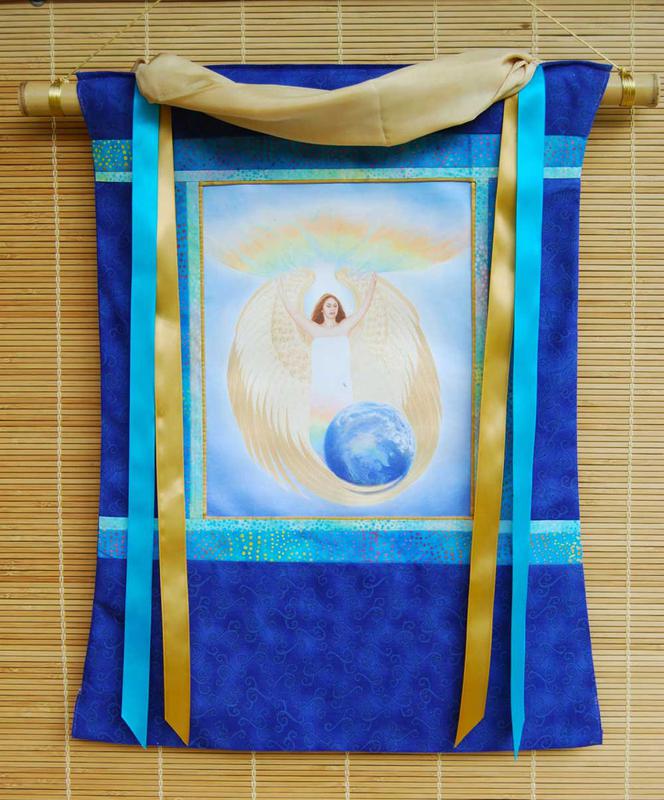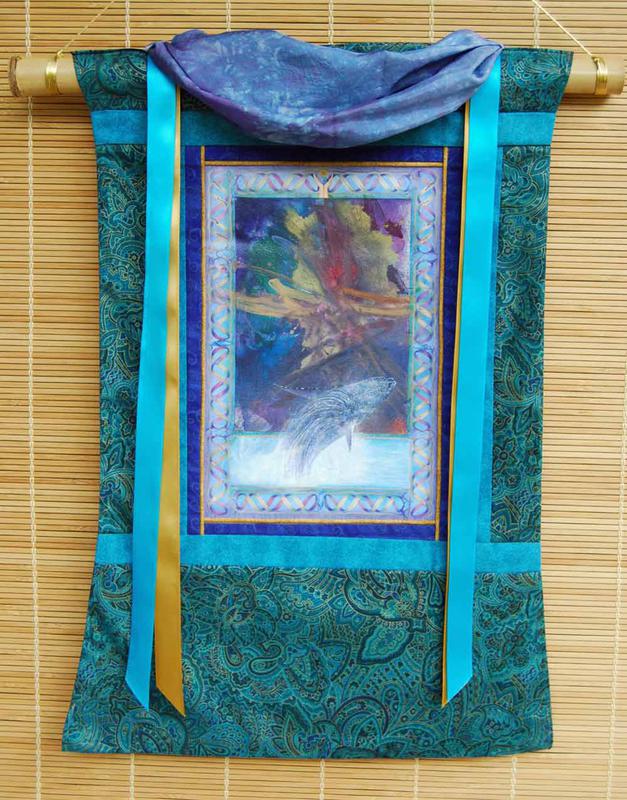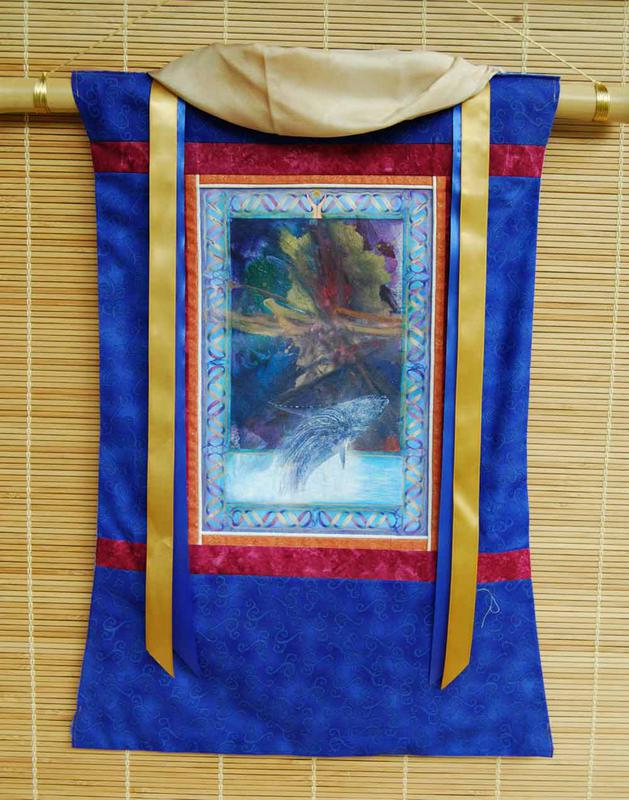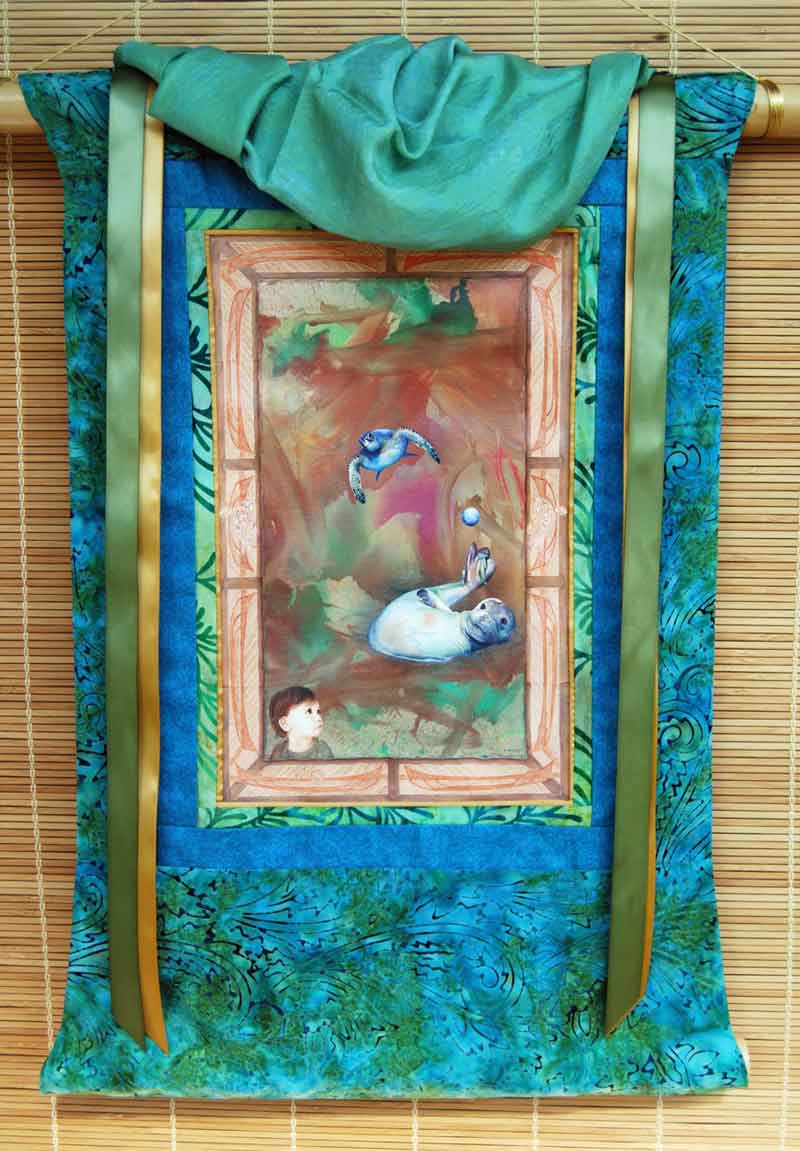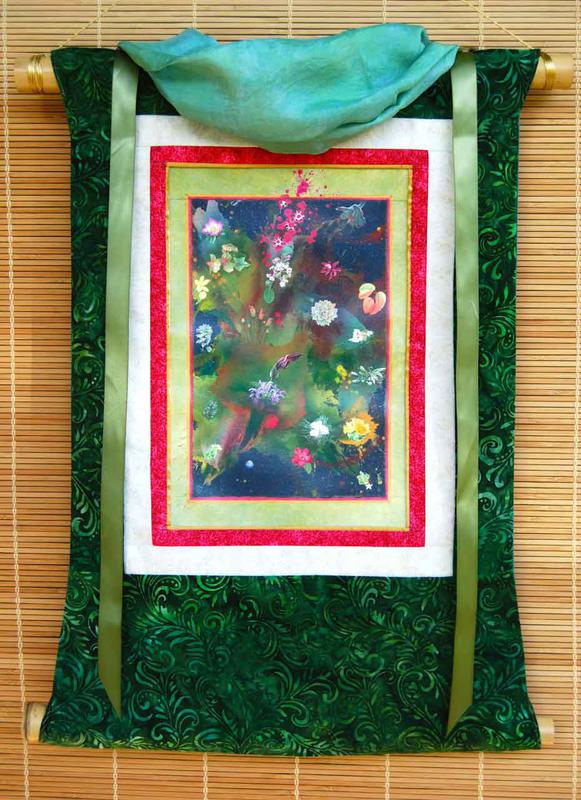We are thrilled to announce a growing series of Wildlife Thankas. True to Calley's original vision for the traveling exhibition, each Thanka is one of a kind, framed in cotton batiks and other prints, with matching adornments, hand-dyed silk scarves, and bamboo rods. The thankas vary in size, although they all follow the proportions developed in authentic Tibetan thanka construction.
SIZE AND PRICE
These Thankas are approximately 18" x 24" - $650
SHIPPING
Your unique wildlife Thanka will be sent to you by insured mail with a legend, rolled inside a heavy-duty tube.
For more information, to enlarge, and learn more, click on your favorite Thanka.
An International Traveling Exhibition of Endangered Species
Dedicated to the Children of the World by Calley O'Neill with Rama the Elephant
AN EPIC JOURNEY OF ART AND SOUL FOR THE EARTH
Welcome to the Wildlife Thanka Gallery
THE STORY BEHIND THE WILDLIFE THANKAS
Through meditation, Calley sought to find the most beautiful and elegant structural format and design for the large, complex Rama paintings. The design had to include ease of transport for the traveling exhibition.
Much to her surprise, Calley found the answer one quiet morning in the corner of her own room. Looking at the Eight Guardians thanka painting, antique Greek Church lantern and Italian millifiore light, Calley saw the perfect design solution and structure for the painting alcoves. Beautiful, symbolic, and ultimately mobile, the design solution was there all along.
WHAT ARE TRADITIONAL TIBETAN THANKAS?
In short, thankas are sacred scroll paintings.
Used as traveling teaching and meditation tools for awakening, Tibetan thankas (also thankga, tangka, tanka) are sacred, symbolic scroll paintings that are visually and mentally stimulating. Well crafted for durability, the paintings often depicted the Buddha, other Buddhist deities, scenes, mandalas (circular sacred forms) and other devotional images. Practitioners used the paintings for meditation to assist them in their spiritual awakening.
 | ||||||
RAMA: AMBASSADOR FOR THE ENDANGERED ONES
Speaking Passionately on Behalf of Those who Cannot Speak
With backgrounds influenced by Chinese painting, figure style derived from Nepalese art and the fabric ornamentation, proportions, and decorations inspire by Indian designs, thankas have persisted since the 9th or 10th century. The highly geometric, complex vertical hangings incorporate detailed aquamedia glaze painting, or embroidery on cotton or silk with ornate, patterned silk borders.
Their pigments were made from organic and ground minerals, including 24 karat Gold, Silver, Lapis Lazuli and Azurite blues, Vermillion and Cinnabar reds, Ochre yellow, Minium orange, Malachite green, Cadmium and Calcium whites and Carbon black. The highly trained thanka painter begins by drawing a mandala-like design with 8 major lines of orientation, dividing the space from the center into 8 equal pie shaped wedges, and borders. Every color, form, and image is symbolic. Each water-soluble glaze painting starts with base colors, and proceeds with meticulously hand-painted layers of translucent dyes/paints, and skillful wet-into-wet shading.
Each thanka has a plain silk or cotton cover that protects the painting when it’s rolled up for travel. The cover becomes a “roof” when softly rolled at the top.
IN THE WESTERN TRADITION: ICONS AND ILLUMINATED MANUSCRIPTS
Calley has long loved, studied, and been inspired by ancient illuminated manuscripts (hand written decorated books) with their symbolism, interesting design organization, decorated initials, borders, miniature paintings, gold leaf and geometric decoration. Such illustration or illumination brought the Bible and the sacred texts to life, preserving the religious teachings.
The brilliant, layered colors, 24-karat gold leaf (hammered thinner than the thinnest paper) reflect God’s glory and the sacredness of life. Highly trained monks do the illuminations as a labor of love to God, bringing forth feelings of awe and wonder for Divine life. Other illuminated manuscripts reflected the social, literary and artistic beliefs of the epoch.
The pigments were derived from ground minerals, plant substances, precious metals, insects and chemicals. The books were originally constructed with parchment (also known as vellum) made from stretched, treated cow and sheepskin.
The earliest surviving illuminated manuscripts date from the 5th century, and they began to really flourished around 1100. The “golden age” of manuscript illumination lasted until the introduction of Gutenberg’s print press around 1450.
To hand write and richly embellish a manuscript was a detailed and labor-intensive process that could take months or years
The steps include:
- A detailed Silverpoint drawing
- The application of burnished gold dots on the design
- Glaze painting the symbolic colors
- Addition of the figures and more layers of glaze painting
- Drawing a rinceaux, an ornamental motif basically consisting of a sinuous and branching scroll embellished with leaves and other natural forms (as derived from the acanthus plant) along the border of the page
- The final step is to paint the figures in the margins
THE PURPOSE OF CALLEY AND RAMA’S WILDLIFE THANKAS
Akin to both the thankas of the East and manuscript illuminations, these paintings seek to emanate the energy of each animal and invoke Divine as well protection for them and their kin. These paintings seek to stir the hearts of all who see them, generating love and actions that reflect this love of life. The Earth is depicted in every painting. The specie’s ecosystem or decorative and symbolic patterns from the indigenous peoples associated with each animal’s region inform the borders. The thanka giclees are imbued with energy and prayers that they may stimulate fascinating and meaningful conversation. These works of art are also labors of love that we may awaken now to realize and act, knowing that every thought, every word and every action we take really matters.
What is a Thanka, and, What is a Wildlife Thanka?
Sold
Sold
Sold
Sold
Sold
Sold
